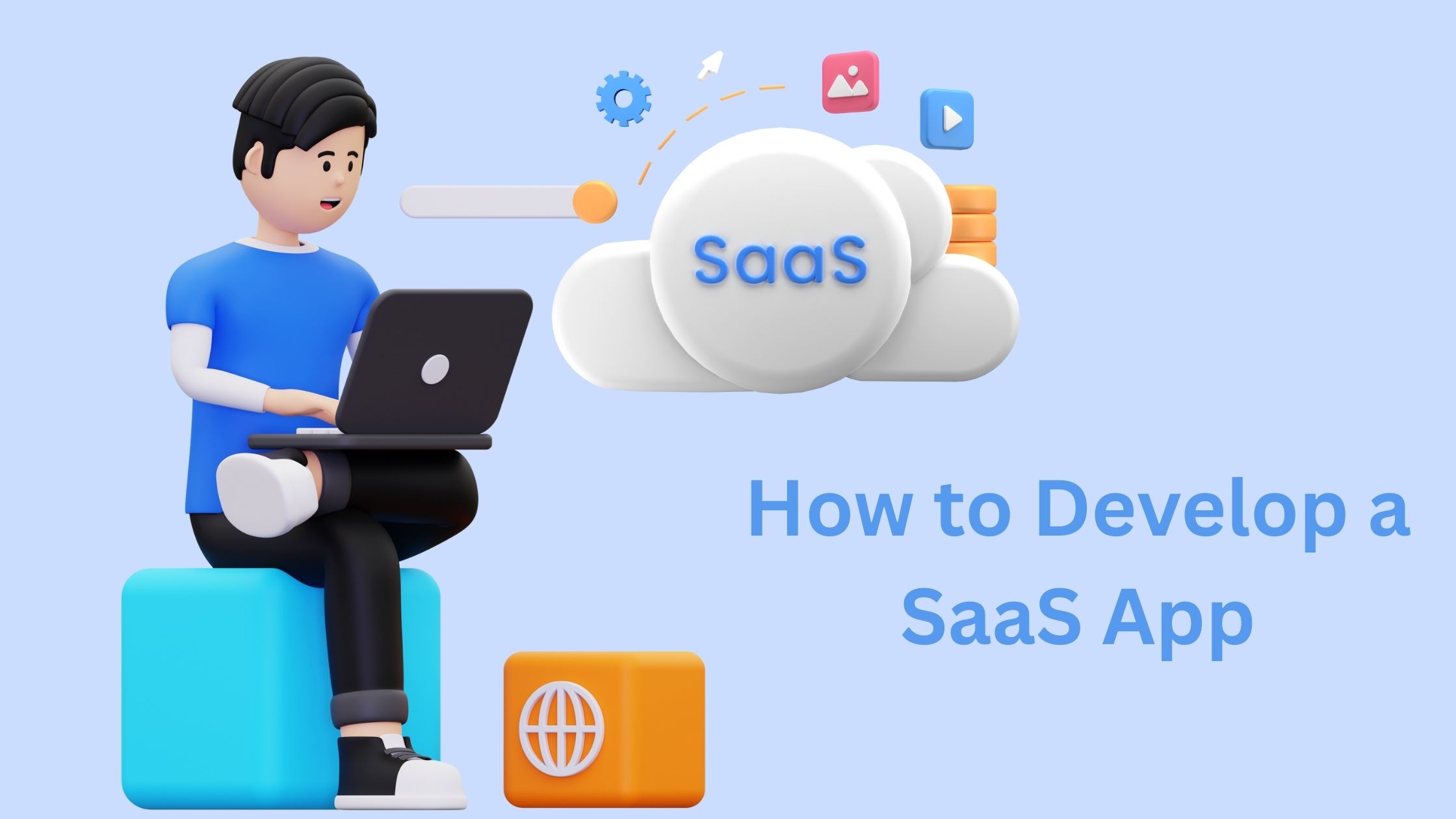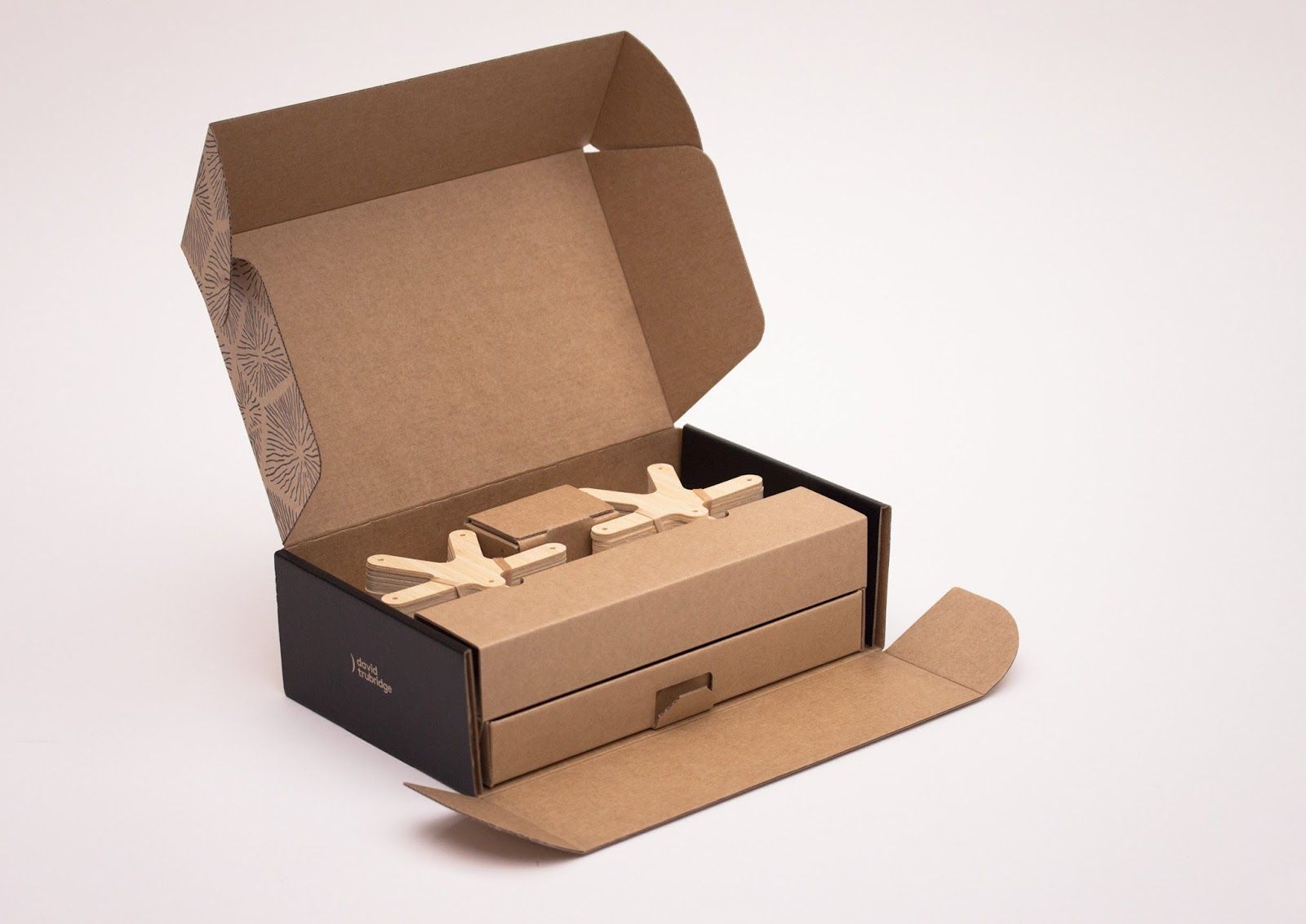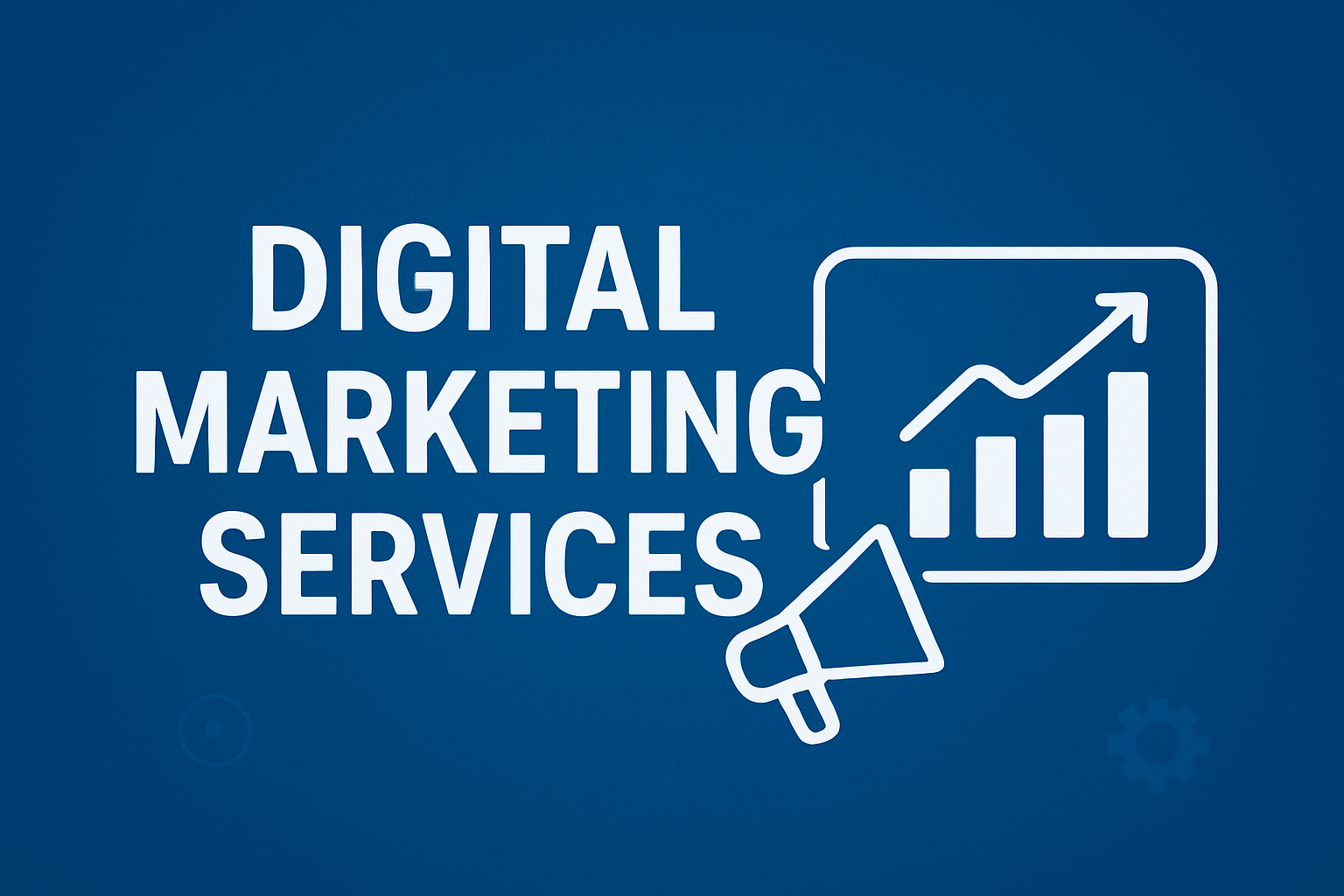How to Develop a SaaS App: Step-by-Step Guide

Developing a Software as a Service (SaaS) application requires a strategic blend of technical expertise, market understanding, and user-centric design. In today’s fast-paced digital world, SaaS apps have become the backbone of many businesses, offering scalable and cost-effective solutions across various industries. Whether you’re a startup founder or a product manager, knowing how to develop a SaaS app from idea to launch is critical for success.
This guide will walk you through each essential phase — from planning and architecture to deployment and maintenance. You’ll also learn about the latest tools, best practices, and how to avoid common pitfalls.
If you’re looking for expert help, consider partnering with professional SaaS app development services to streamline the process and ensure a high-quality, scalable product tailored to your business needs.
What is a SaaS App?
A SaaS app delivers software over the internet on a subscription basis. Instead of purchasing software and installing it on individual devices, users simply log into their accounts via a web browser to use the application. The software and data live on cloud servers maintained by the provider.
This delivery model removes many barriers. Users avoid installation hassles and receive automatic updates. Providers gain a scalable platform and recurring revenue. Examples of SaaS apps include Google Workspace, Slack, Dropbox, and Salesforce. Their popularity proves that users want easy access and constant improvements without disruptions.
Why Build a SaaS Application?
SaaS apps offer several advantages for developers and businesses alike. First, SaaS apps provide a direct link between the software provider and users. This connection allows quick feedback, continuous improvements, and personalized services. SaaS also scales well. As your user base grows, you can add server capacity without drastically changing the software.
Financially, SaaS supports a steady income. Instead of relying on one-time sales, you earn monthly or yearly subscription fees. This recurring model creates a predictable cash flow. Furthermore, SaaS apps often enjoy wider reach. Since they operate via web browsers, users can access them on various devices and platforms, increasing adoption potential.
Step-by-Step to Develop a SaaS App
A SaaS app delivers software via the internet on a subscription basis. Building one involves technical planning, development, and business strategy.
Step 1: Define Your SaaS App Idea and Target Audience
Successful apps solve clear problems. The first step involves clarifying what problem your SaaS app will address and who will use it.
Identify the Problem Your App Solves
Pinpoint a specific challenge or need. Speak directly with potential users to understand their pain points. For example, if you want to create a project management tool, find out what frustrations current users face with existing apps. Are deadlines hard to track? Is communication fragmented? Your goal should be to build features that directly tackle these issues.
Analyze Your Target Market and Competitors
Research the market carefully. Look at existing SaaS apps that serve a similar audience. What features do they offer? What pricing models do they use? Identify gaps you can fill or improvements you can make. For example, if competitors focus on enterprise clients, you might target freelancers with a simpler and cheaper solution.
Step 2: Plan Your SaaS App Features and Architecture
A solid plan keeps development focused and manageable.
Prioritize Core Features
Start by outlining the minimal viable product (MVP). Select essential features that directly solve the problem without adding unnecessary complexity. For example, if building a SaaS invoicing app, begin with creating and sending invoices, managing client information, and payment tracking. Features like analytics or integrations can come later.
Choose the Right Tech Stack
Select technologies that fit your project’s needs and your team’s skills. Common backend languages include Node.js, Python (Django or Flask), Ruby on Rails, or Java. For frontend development, frameworks like React, Angular, or Vue.js offer powerful tools to create dynamic interfaces.
On the database side, decide between relational databases such as PostgreSQL or MySQL for structured data or NoSQL options like MongoDB for more flexible storage. Cloud providers offer managed services to handle scaling and backups easily.
Step 3: Design Your SaaS App
Design influences how users perceive and interact with your app. Clear, user-friendly design increases engagement and reduces churn.
Create Wireframes and User Flow
Before detailed design, sketch wireframes that map the layout and user journey. Wireframes act as blueprints showing where buttons, menus, and content will go. Define the path users take to accomplish key tasks such as signing up, creating a new project, or accessing reports. This step highlights potential roadblocks and usability issues early.
Develop a User-Friendly UI
Focus on simplicity and clarity in your user interface (UI). Use consistent colors, typography, and spacing to build a cohesive look. Make sure buttons and controls are easy to find and clearly labeled. Responsive design ensures the app looks and works well on phones, tablets, and desktops.
Step 4: Develop Your SaaS Application
With your plan and design in place, it’s time to build the app.
Set Up the Backend
The backend handles data processing, storage, user authentication, and business logic. Build secure APIs that the frontend will call to retrieve or update information. Implement authentication features, such as login, registration, password recovery, and role-based access control, to protect sensitive data.
Store user data safely and efficiently using your chosen database. Use encryption both in transit (SSL/TLS) and at rest to protect user privacy. Consider rate limiting and other security measures to defend against attacks.
Build the Frontend
Develop the client side where users interact with your app. Use JavaScript frameworks to build responsive and dynamic interfaces. Connect frontend components to backend APIs to display data, handle user inputs, and update content in real time.
Test frontend behavior on different devices and browsers to ensure compatibility. Smooth interactions and fast load times greatly improve user satisfaction.
Integrate APIs and Third-Party Services
Use external services to handle essential tasks without reinventing the wheel. For example:
- Payment processors like Stripe or PayPal manage subscriptions and billing.
- Email services such as SendGrid or Mailgun send verification and notification emails.
- Analytics tools track user behavior to guide future improvements.
Integrating these services accelerates development, adds robust capabilities, and is especially beneficial when you choose to outsource mobile app development.
Step 5: Test Your SaaS Application
Thorough testing prevents bugs and ensures smooth user experiences.
Conduct Unit and Integration Testing
Unit tests check individual components or functions in isolation. Integration tests verify that multiple components work together as expected. Write automated tests for critical paths, such as user signup, payment processing, and data updates.
Perform User Acceptance Testing (UAT)
Invite real users or stakeholders to test the app in realistic scenarios. Gather feedback on ease of use, functionality, and performance. Observe any confusion or errors users encounter. Use this input to fix bugs and improve usability.
Step 6: Deploy and Launch Your SaaS App
Once testing confirms stability, prepare for launch.
Choose a Cloud Hosting Provider
Deploy your app on cloud platforms like Amazon Web Services (AWS), Google Cloud Platform (GCP), or Microsoft Azure. These providers offer scalable infrastructure, managed databases, and global data centers. Select options that fit your budget and anticipated traffic.
Set Up Continuous Integration and Deployment
Automate building, testing, and deploying your app using CI/CD pipelines. Tools like GitHub Actions, Jenkins, or CircleCI enable rapid updates with reduced risk of errors. Continuous deployment lets you roll out bug fixes and new features quickly, keeping users satisfied.
Step 7: Market and Grow Your SaaS Business
Building the app is only the start. Promoting your SaaS and growing your user base requires ongoing effort.
Implement Pricing Strategies
Experiment with pricing models that fit your audience. Popular options include:
- Free trials to attract users who want to test your app.
- Freemium plans offer basic features at no cost with premium upgrades.
- Tiered subscriptions provide various levels of features and support.
Monitor which plans users prefer and adjust pricing accordingly.
Gather User Feedback and Improve
Maintain open channels for user input, such as surveys, support tickets, and reviews. Listen closely to feature requests and pain points. Regularly release updates that enhance your app’s functionality, performance, and security.
Final Tips for SaaS App Success
- Focus on delivering clear value to users. Every feature should serve a purpose.
- Keep your code clean and maintainable. Refactor regularly to avoid technical debt.
- Prioritize security to protect user data and build trust.
- Monitor your app’s performance and fix issues promptly.
- Adapt to user feedback and market changes quickly.
- Build a community or support system to engage users and reduce churn.
SaaS development requires commitment but offers the chance to build lasting relationships with users worldwide. By following these steps, you lay a strong foundation for a successful SaaS application.
Final Thoughts
Developing a SaaS app is a strategic process that requires a clear vision, the right tools, and a deep understanding of user needs. From defining your value proposition to choosing a scalable tech stack, every step plays a crucial role in long-term success. Prioritize a user-friendly interface, strong security measures, and flexible features that can evolve with your customers. Agile development and continuous feedback loops help you adapt quickly and improve your product over time.
Most importantly, think beyond just launching—focus on long-term support, performance optimization, and customer satisfaction. Building a successful SaaS app isn’t just about writing code; it’s about creating a solution that delivers consistent value. With the right approach, your SaaS product can thrive in a competitive digital market.


